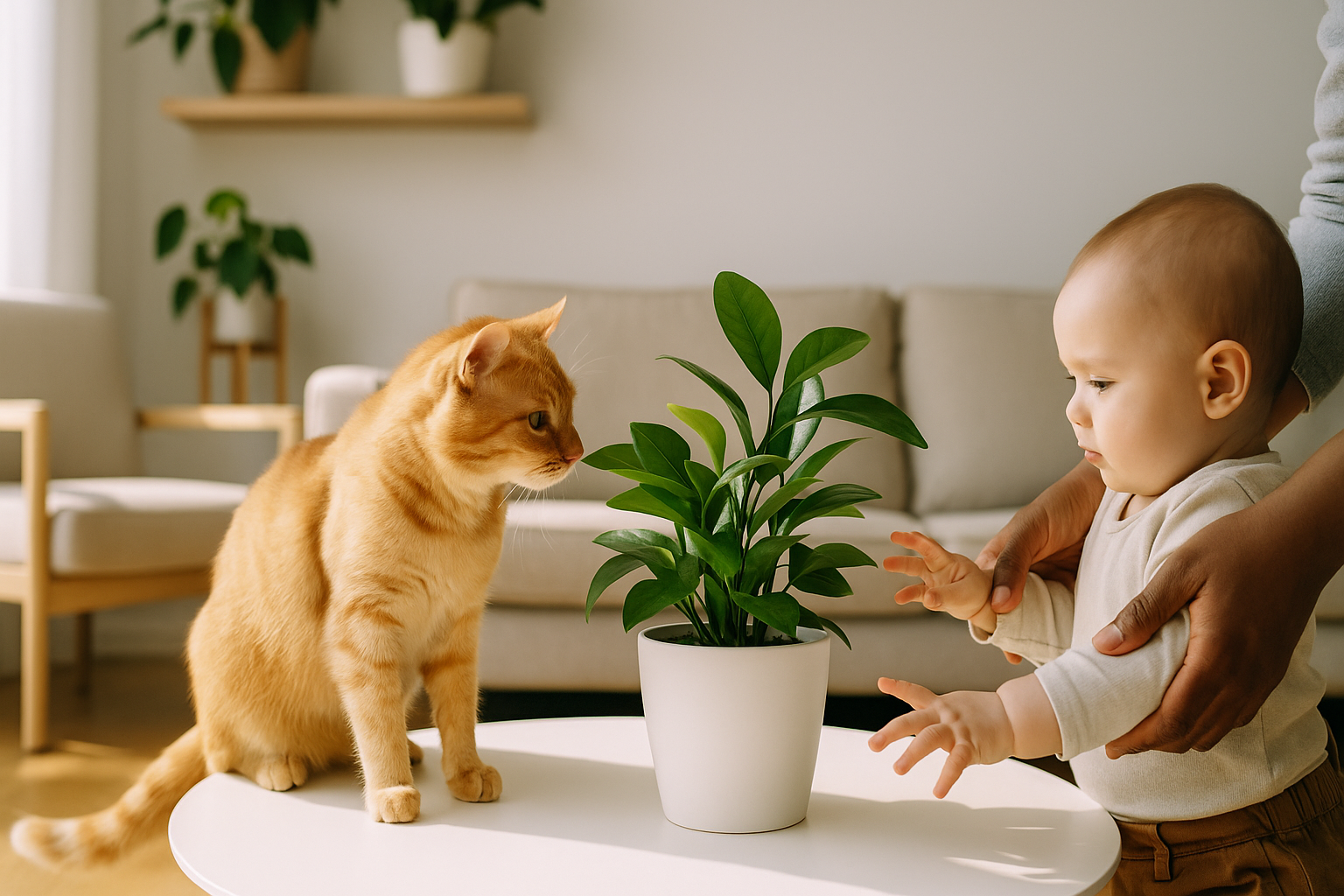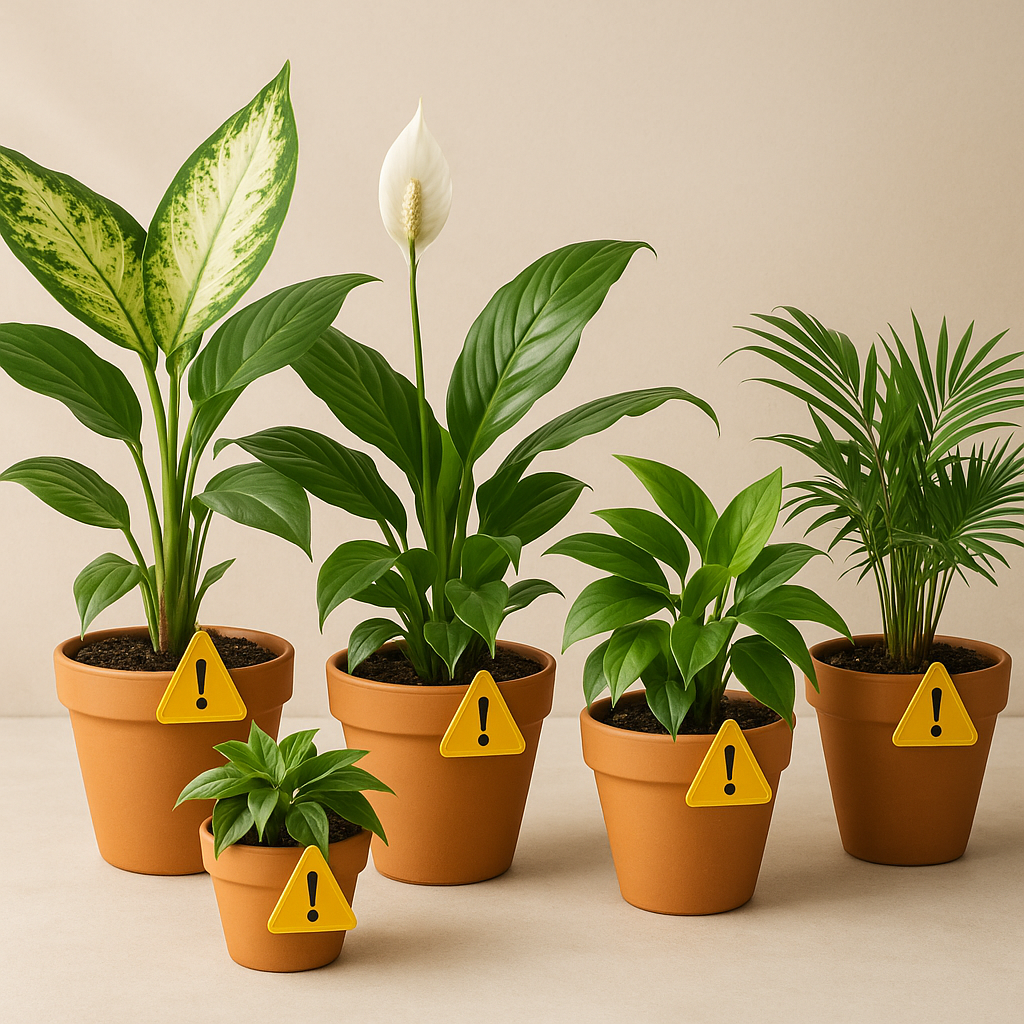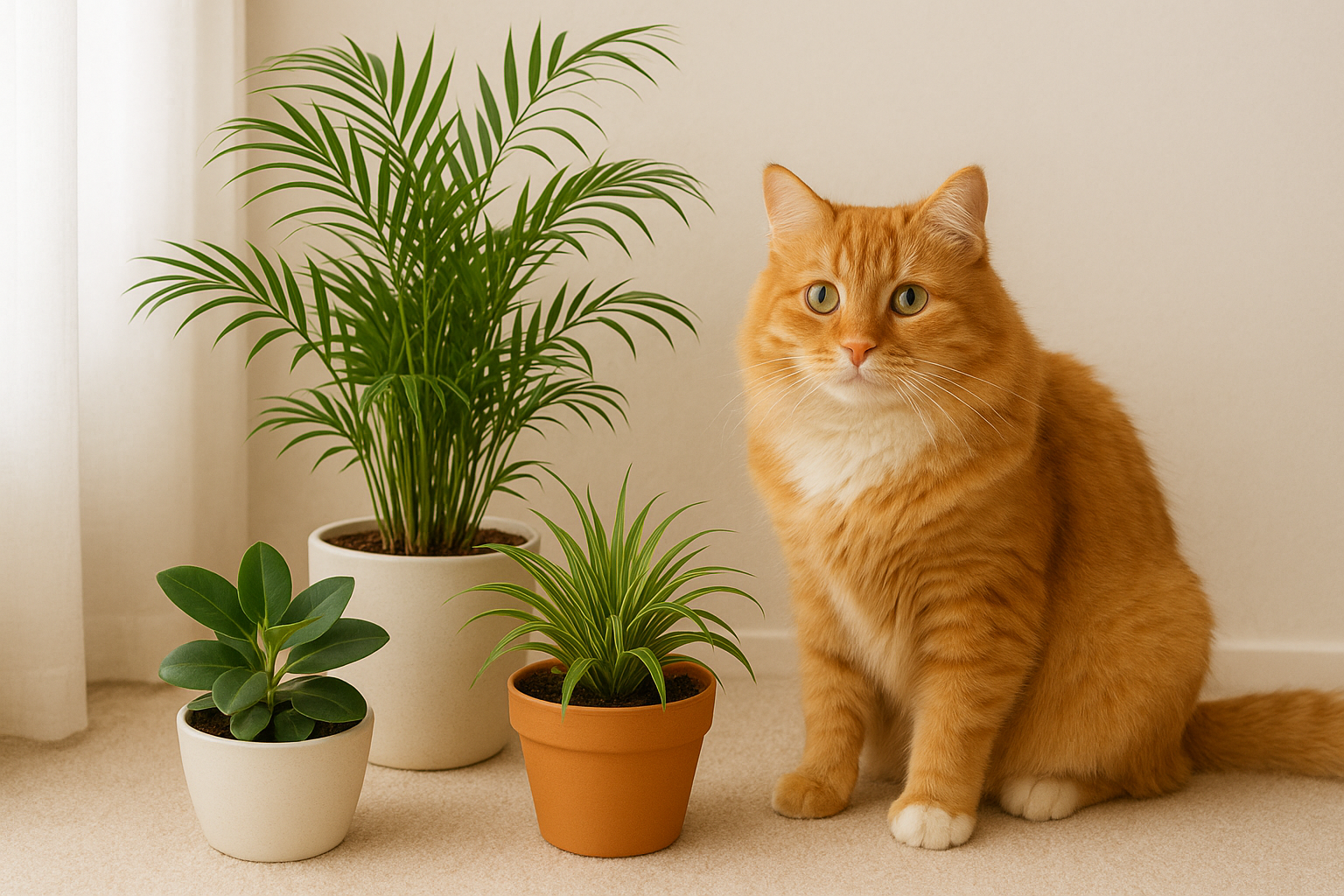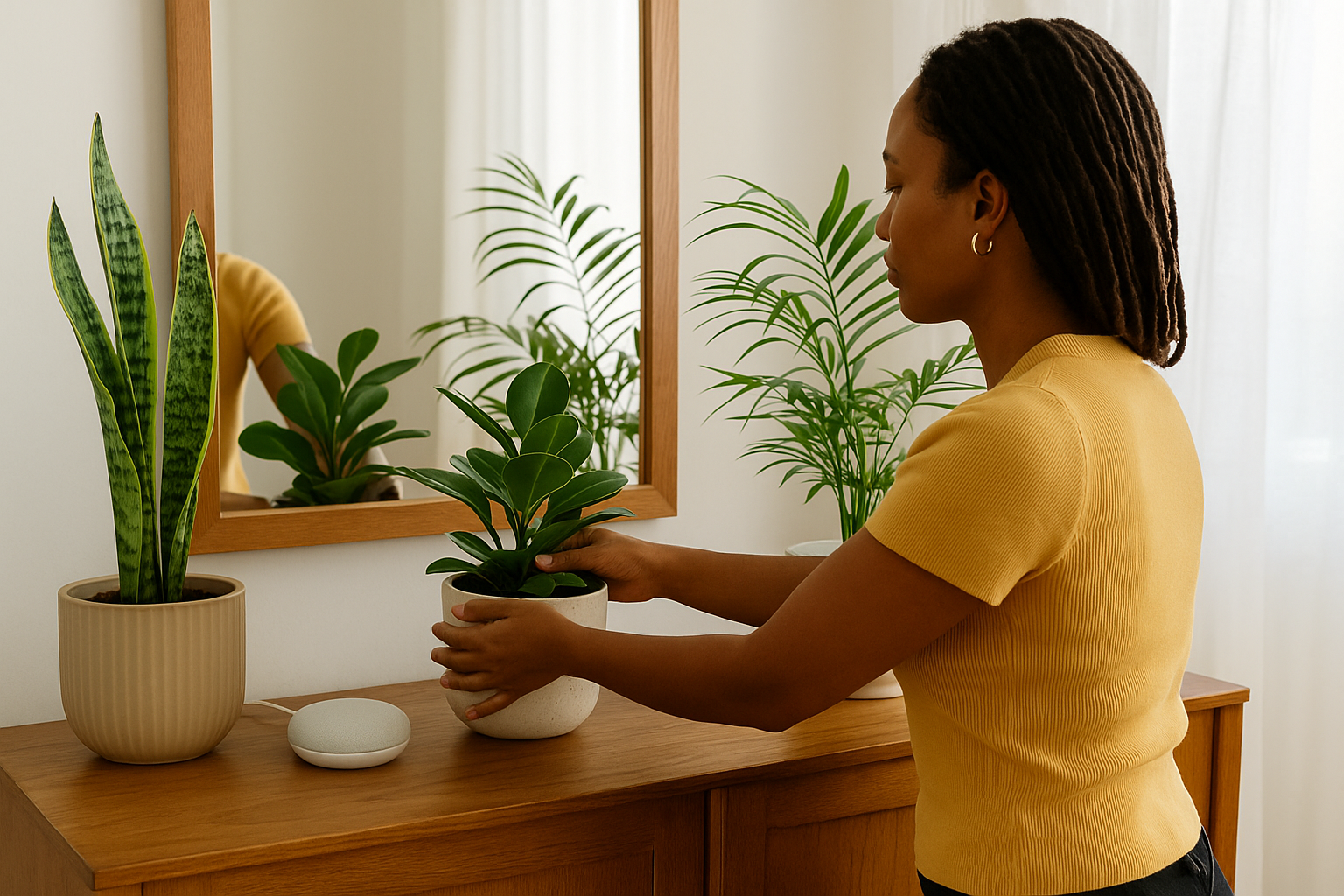Understanding Plant Toxicity: Keeping Pets and Children Safe

Indoor plants bring life, beauty, and numerous health benefits to our homes. However, for households with curious pets and young children, it's essential to understand that some popular houseplants contain toxic compounds that can cause adverse reactions if ingested or, in some cases, even touched. This guide will help you navigate plant toxicity and create a safe indoor garden that everyone in your home can enjoy.
Why Plant Toxicity Matters
Pets, especially cats and dogs, and young children share a common trait: they explore their world through touch and taste. This natural curiosity can lead to accidental ingestion of plant material. While many toxic plants might cause only mild discomfort if consumed in small amounts, others can lead to serious health issues requiring immediate medical attention.
Understanding plant toxicity doesn't mean you need to eliminate all plants from your home. Instead, it empowers you to make informed choices about which plants to include in your indoor garden and where to place them to minimize risks.
Common Toxic Houseplants

Here are some popular houseplants that contain toxic compounds and should be kept away from pets and children, or avoided altogether in homes with particularly curious explorers:
1. Philodendron (Philodendron spp.)
Toxic parts: All parts, especially the leaves
Toxic compounds: Calcium oxalate crystals
Symptoms if ingested: Burning sensation in the mouth and throat, difficulty swallowing, excessive drooling, vomiting (in pets), and potential swelling of the airways in severe cases
Philodendrons are beloved for their attractive foliage and adaptability to indoor conditions, but all varieties contain calcium oxalate crystals that can cause significant irritation if chewed or ingested.
2. Dieffenbachia (Dieffenbachia spp.)
Toxic parts: All parts
Toxic compounds: Calcium oxalate crystals and proteolytic enzymes
Symptoms if ingested: Intense burning and irritation of the mouth and tongue, excessive drooling, difficulty speaking (hence its common name "dumb cane"), and potential swelling that could obstruct airways in severe cases
Dieffenbachia is particularly concerning because its sap can cause irritation even with skin contact, and the effects of ingestion can be quite severe.
3. Lilies (Lilium spp.)
Toxic parts: All parts, including pollen
Toxic compounds: Unknown toxin
Symptoms if ingested: Particularly toxic to cats, causing vomiting, lethargy, and potentially fatal kidney failure even in small amounts
True lilies (including Easter lilies, Stargazer lilies, and Tiger lilies) are extremely dangerous for cats. Even small ingestions, or even just grooming pollen off fur, can lead to kidney failure within 36-72 hours if left untreated. If you have cats, it's best to avoid true lilies entirely.
Pet and Child-Safe Alternatives

Fortunately, many beautiful and beneficial houseplants are non-toxic or have very low toxicity, making them suitable choices for homes with pets and children:
1. Areca Palm (Dypsis lutescens)
This elegant palm adds a tropical feel to any room and is completely non-toxic to pets and children. It's also an excellent air purifier, removing formaldehyde, xylene, and toluene from indoor air.
2. Spider Plant (Chlorophytum comosum)
Spider plants are not only safe but also incredibly resilient and easy to grow. They produce cascading "babies" that can be propagated into new plants, making them engaging for children to observe and learn from.
3. Boston Fern (Nephrolepis exaltata)
With their lush, feathery fronds, Boston ferns add a touch of woodland charm to indoor spaces. They're completely non-toxic and also excellent air purifiers and natural humidifiers.
Creating a Safe Plant Environment

Even with non-toxic plants, it's wise to implement safety measures to prevent plant damage and soil ingestion:
Strategic Placement
Position potentially harmful plants on high shelves, hanging planters, or in rooms that can be closed off from pets and children. Reserve lower, more accessible areas for non-toxic varieties.
Teaching Boundaries
For older children, use plants as an opportunity to teach about respecting nature and understanding boundaries. Explain which plants are safe to touch and which should be admired from a distance.
Additional Safety Measures
- Cover the soil: Use decorative stones or moss to cover soil and prevent digging or ingestion
- Stable containers: Choose heavy, stable pots that won't easily tip over
- Regular monitoring: Check plants regularly for fallen leaves or accessible parts that might be tempting to curious pets or children
- Plant barriers: Consider using plant stands with barriers or decorative fences for floor plants
What to Do in Case of Ingestion
If you suspect your child or pet has ingested a toxic plant, take these steps immediately:
For Children:
- Remove any plant material from the mouth
- Call your local poison control center (in the US: 1-800-222-1222) or emergency services
- Do not induce vomiting unless specifically instructed by medical professionals
- If possible, identify the plant that was ingested to help with treatment
For Pets:
- Contact your veterinarian or an emergency animal hospital immediately
- You can also call the ASPCA Animal Poison Control Center (1-888-426-4435) for guidance (note that a consultation fee may apply)
- Bring a sample of the plant with you if you need to visit the vet
Conclusion
Creating a pet and child-safe indoor garden doesn't mean sacrificing beauty or variety. By choosing non-toxic plants, strategically placing any potentially harmful species, and implementing basic safety measures, you can enjoy the many benefits of houseplants while keeping your entire family safe.
Remember that this guide covers common toxic and non-toxic plants, but it's not exhaustive. Always research any new plant you bring into your home, especially if you have pets or young children. With the right knowledge and precautions, your indoor garden can be a safe, enriching environment for everyone to enjoy.
